If you’ve ever experienced sleep paralysis, or at the other end of the scale, sleepwalking, you’ll know it can be confusing, disorientating and even scary.
But why do we experience sleep paralysis and sleepwalking?
Why do some suffer but others don’t? And are there things you can do to stop them from happening?
Our sleep expert, Alyson O’Brien from Sleep Scotland, is answering all your questions about sleep paralysis.
What is sleep paralysis?
Alyson explains: “We have two distinct phases in our sleep: rapid eye movement (REM) sleep and non-REM sleep. We have a lot more REM sleep towards the end of the night.
“When we’re in REM sleep, our body goes into a sort of paralysis, to protect us so we don’t enact our dreams.
“If you think about the sorts of dreams you have, you might be quite pleased about this!
“For some people, what happens is the brain wakes up, but the signal hasn’t been sent to their body.
“So essentially, when you experience sleep paralysis, you’re awake and conscious and thinking, but you physically can’t move.”
How concerned should I be if I have sleep paralysis?
Sleep paralysis can be scary while it’s happening. But, Alyson says, it’s not something you should be overly worried about and isn’t an indicator of an underlying issue.
“It can be exacerbated by stress, or if someone isn’t sleeping well they might experience more episodes of paralysis.
“Some people begin to experience it in adolescence, for others it can start in adulthood. Some will experience it just once or twice in their lives.
“If you’re experiencing it consistently, the best thing is looking at how well you’re sleeping, if you’re feeling stressed, and making sure you’re as relaxed as possible when you go to bed. That can reduce the number of episodes you have.
“There isn’t necessarily something you can do to ‘fix’ it, but some people find if you can even get your eyes to move and look at something else in the room, that can trigger the brain to send the signal that tells the body you’re awake and to stop the paralysis now.
“Just try not to panic too much as it will pass.”
Why do I sleepwalk?
While sleep paralysis prevents you from moving while asleep, sleepwalking is a fairly common issue causing the opposite problem.
Alyson continues: “While sleep paralysis happens in the REM period, sleepwalking occurs during the non-REM period, where we’re not paralysed. It usually happens during the very deepest phase of sleep.
“It’s really common in children and they usually grow out of it, but some people do sleepwalk in adulthood.
“Some people start sleepwalking in adulthood. This could be caused by stress, anxiety, or poor quality sleep.
“Situations such as moving house, going through a divorce, or struggling at work, for example, can set it off.
“In adults it could be the sign of a medical condition, such as sleep apnoea or certain heart issues.
“If you start sleepwalking in adulthood, it’s probably worth getting checked out to make sure it’s not something medical.
“Keeping a diary of how often it’s happening can help identify a trigger.
“Some people find if they drink alcohol, they sleepwalk; others might find they always sleepwalk on a Tuesday because they have a meeting they hate every Wednesday.”
There is no specific treatment for sleepwalking, but the best ways to prevent it are a relaxing bedtime routine and trying to get as much sleep as possible.
What can I do to help a sleepwalker?
If there’s a sleepwalker in your household, there are things you can do to help them, as Alyson explains.
“The main thing to consider is safety precautions because a sleepwalker is not necessarily aware of their surroundings.
“They can trip over things on the floor. Some people have a tendency to go out the front door or windows.
“So, you might want to think about making sure the doors are locked and they don’t know where the key is. It keeps them safe and the episode will pass.
“They’ll probably take themselves back to bed and they’re unlikely to know it has even happened.
“Their sleep hasn’t been disturbed and it’s the people around them who are more likely to be disrupted by the sleepwalking.”
Should I wake a sleepwalker?
Answering the age-old question, Alyson says: “No you shouldn’t, but not for the reasons we hear. There’s a common myth it’s dangerous to wake a sleepwalker.
“It’s not dangerous, but by waking a sleepwalker, you’re disturbing their sleep. That means they’re more likely to sleepwalk again the next night.
“Whereas, if you just let the episode pass, they are still getting good quality sleep while they’re sleepwalking. So, you’re best just to leave them be.”
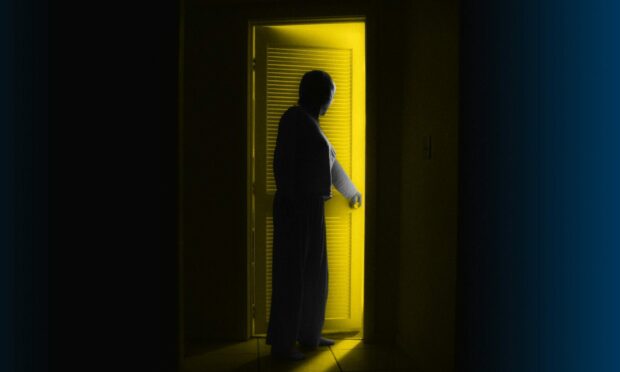



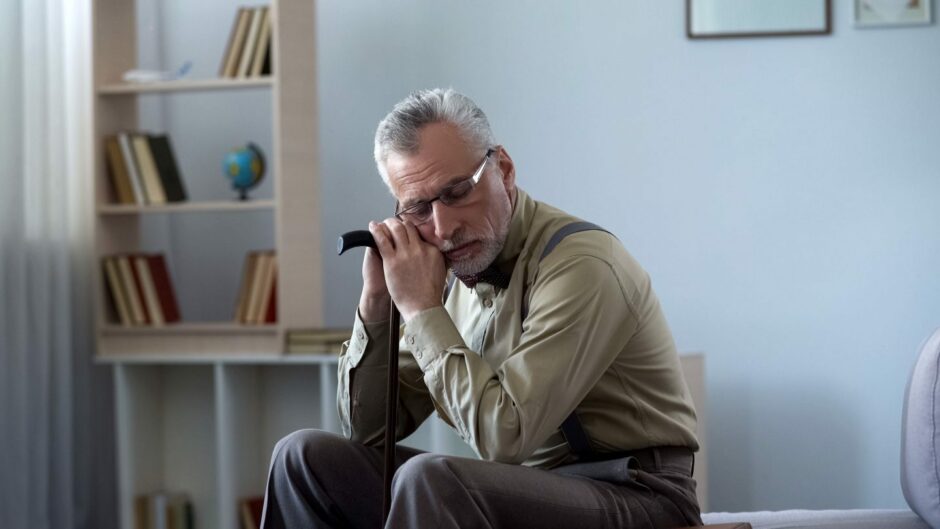

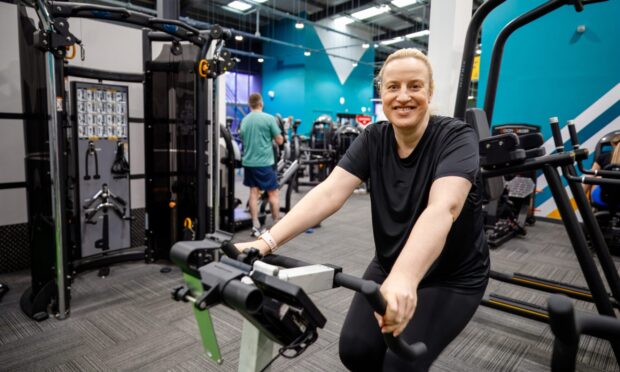

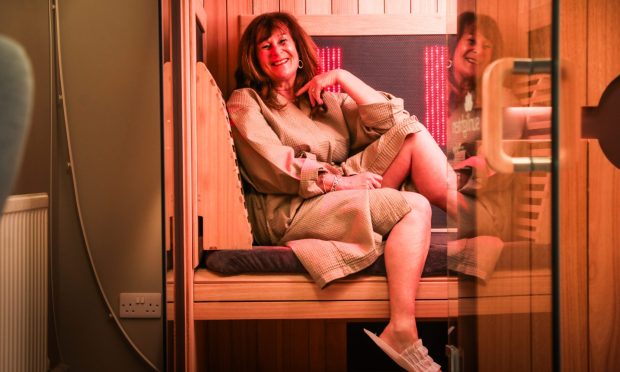

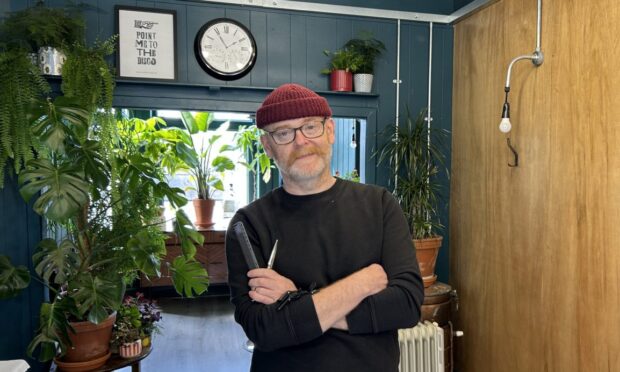



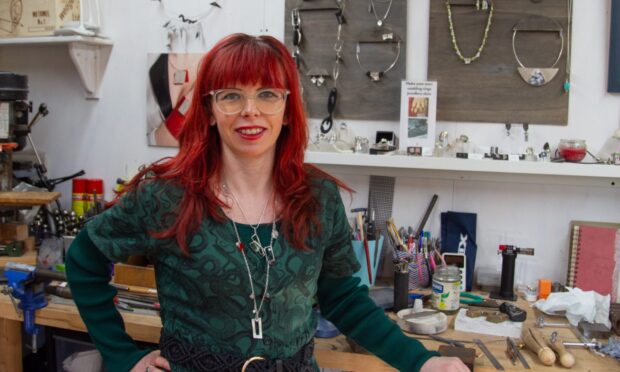
Conversation